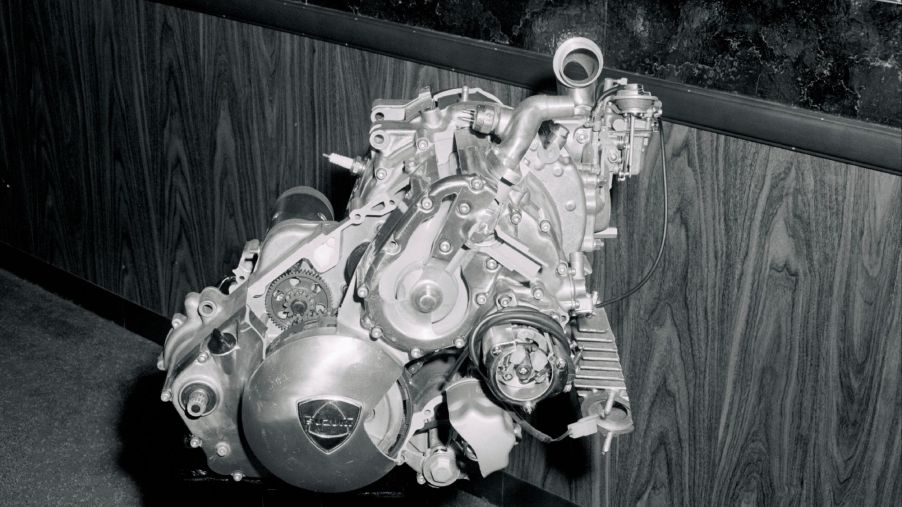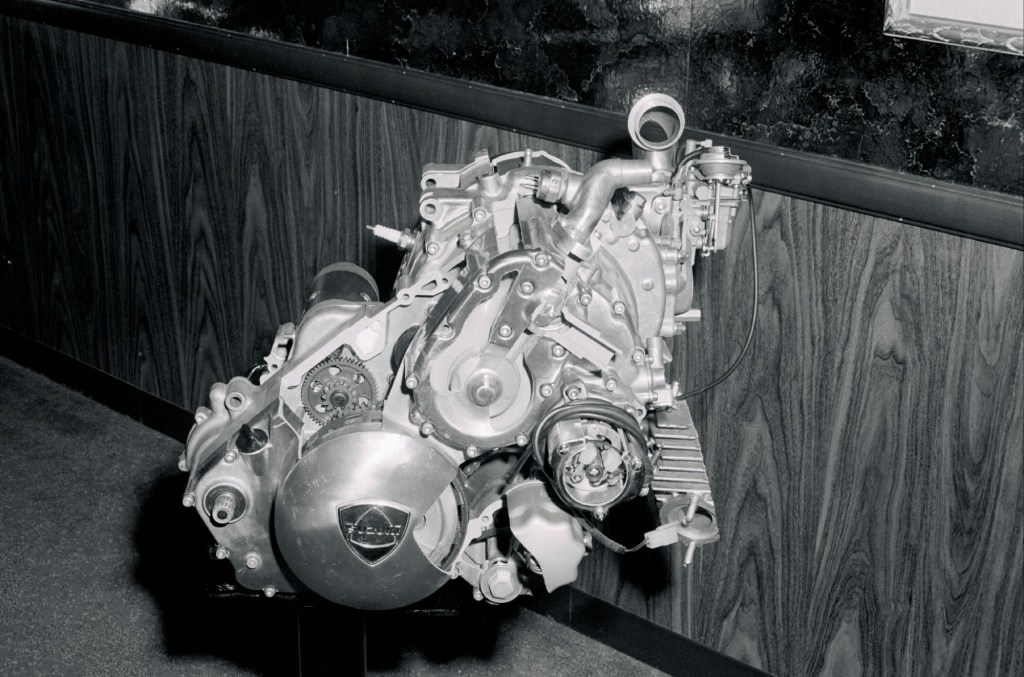
What Caused the Death of the Rotary Engine?
The Wankel rotary engine is no more. This will likely disappoint its many fans, who appreciated the power it packed in a compact frame. But although the rotary engine had several advantages, it also faced some challenges that ultimately led to its demise. Let’s take a closer look at this engine, which had been with us in some form going all the way back to 1964 and ended with the 2011 Mazda RX-8.
What is a rotary engine?

The Wankel rotary engine was named after its inventor, Felix Wankel, who worked throughout the 1950s to develop a new engine: one that wasn’t based on cylinders and pistons. As Car Throttle explains, what Wankel came up with worked similarly to the traditional engine but with a couple of key differences. Instead of operating with pistons, it used a triangular rotor and oval-shaped housing instead of cylinders.
In this setup, the rotor revolves around the housing. A small pocket of air expands into a larger pocket to create a vacuum as part of this process. Air and fuel are injected into this vacuum through the intake ports in the combustion chamber, where the air and fuel mixture is compressed against the flat side of the housing. Two spark plugs ultimately ignite this combustible mixture, after which the exhaust gases are forced out at high pressure.
Why did it disappear?
The rotary engine provides an impressive amount of power and cars that use it can be quite fun to drive. However, the engine does present some challenges. These contributed to their demise.
Car Throttle tells us that one particular problem that may ultimately have led to the engine’s disappearance had to do with the law. When the RX-8, the last car to use a rotary engine, could not meet Euro 5 emissions regulations, Mazda had to stop selling the car in Europe after 2010.
Certain design issues also didn’t help. Drive Tribe, for example, mentions the engine’s low thermal efficiency due to its long combustion chamber and unburnt fuel making it to the exhaust resulting in backfires. Uneven temperatures in the combustion chamber could also lead to problems with the rotor sealing.
As if these problems weren’t challenging enough, these engines also tended to guzzle oil, as it was injected directly into the combustion chamber to aid lubrication. And the rotary engine’s fuel economy wasn’t much better.
Because these engines were so rare, it could be hard to find parts for repair. It could be equally hard to find a mechanic with the knowledge needed to work on them. With all of these challenges, it shouldn’t be a surprise that this engine died out.
Nevertheless, we do have to note that the rotary engine is making a reappearance of sorts for 2022. It will be used in its next EV not as a primary engine but as a range extender for the MX-30—definitely, something to keep in mind for those mourning the loss of their favorite engine.
What are the advantages?
Though the rotary engine never overtook the more traditional engine in terms of popularity, it did offer some unique advantages. Car Throttle has broken a number of them down for us.
First on the list was its size. The Mazda RX-7’s rotary engine, for example, only took up about one cubic foot of volume, an advantage for a smaller car.
One could argue in this case that simpler is better. With fewer moving parts, there was much less that could go wrong. After all, the rotary engine really only had three main moving components to keep running.
Also worthy of praise was the rotary engine’s smooth operation. The constant rotation of the rotor contrasted with the jolts created by the back-and-forths of the valves and pistons in a traditional engine.


